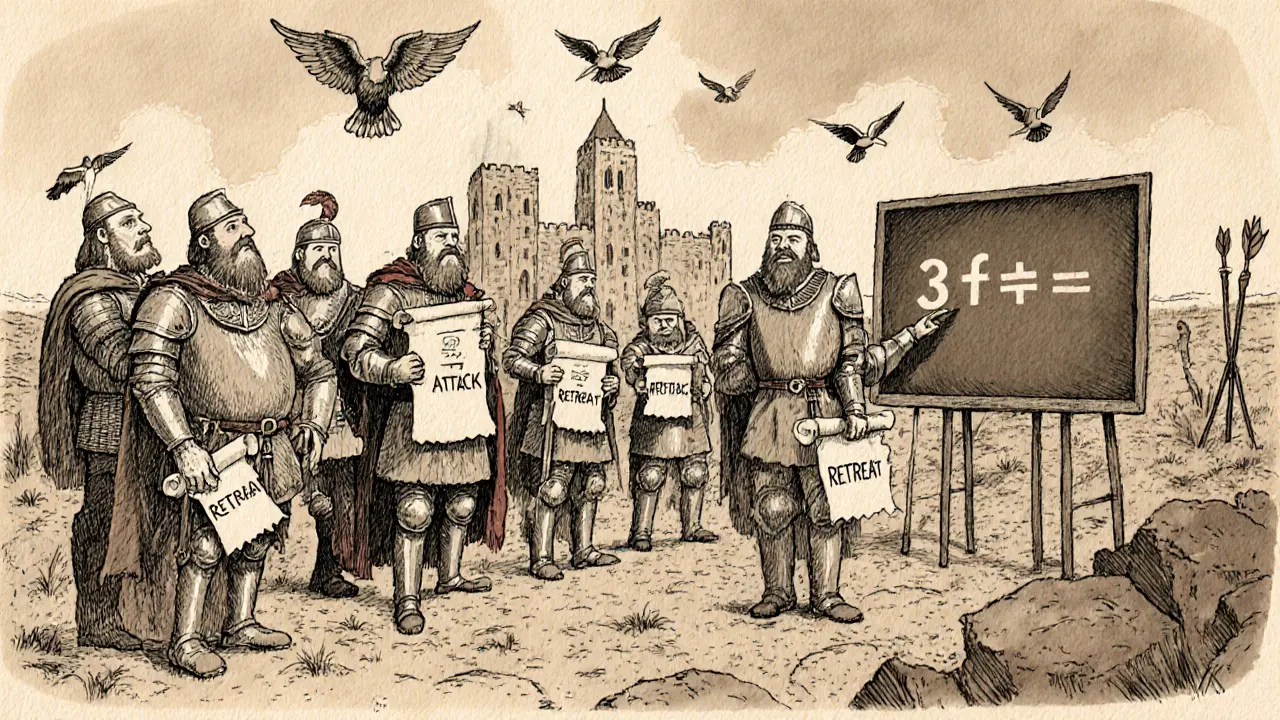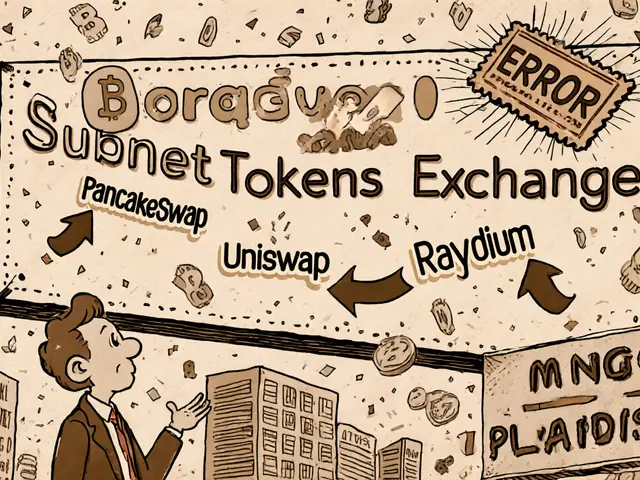Byzantine Fault Tolerance: How Blockchains Stay Reliable Without Central Control
When you send Bitcoin or swap tokens on a decentralized exchange, you’re trusting a network of computers that don’t know or like each other. How does that system avoid chaos? That’s where Byzantine Fault Tolerance, a system design that allows distributed networks to reach agreement even when some participants are unreliable or malicious. Also known as BFT, it’s the silent hero behind every major blockchain that doesn’t rely on banks or governments. Without it, a single bad actor could trick the network into accepting fake transactions — and the whole system would collapse.
Think of it like a group of generals trying to coordinate an attack, but some might be traitors. They need to agree on when to attack, but they can’t trust all the messages they receive. Byzantine Fault Tolerance, a system design that allows distributed networks to reach agreement even when some participants are unreliable or malicious. Also known as BFT, it’s the silent hero behind every major blockchain that doesn’t rely on banks or governments. solves this by requiring a majority of honest nodes to confirm every action. It’s not magic — it’s math. Protocols like Practical Byzantine Fault Tolerance (PBFT) and Tendermint BFT use this principle to keep networks like Cosmos, Polkadot, and even parts of Ethereum secure. These aren’t theoretical ideas — they’re running right now, handling billions in value.
What makes BFT different from proof of work? It doesn’t need massive energy use or expensive mining rigs. Instead, it relies on voting. Nodes take turns proposing blocks, others verify, and if enough agree, it’s locked in. That’s why many newer blockchains — especially those focused on speed and low fees — use BFT. It’s faster, cheaper, and just as secure when built right. But it’s not perfect. If more than one-third of the nodes go rogue, the system stalls. That’s why real-world implementations often combine BFT with other checks, like economic incentives or identity verification.
You’ll see BFT in action in the posts below — from how DeFi platforms ensure transaction integrity to why some exchanges avoid it entirely. Some articles dive into specific protocols like Tendermint, while others compare BFT-based chains to proof-of-work networks. Whether you’re trying to understand why your transaction confirmed so fast or why a new blockchain claims to be "more secure," BFT is the hidden layer making it possible. These guides break down the tech without the jargon — so you know what’s actually happening behind the scenes.
The Byzantine Generals Problem explains how distributed systems like blockchain reach agreement when some participants may lie. Bitcoin and Ethereum solved it with economic incentives and proof-of-stake, making decentralized networks secure without central control.
Continue reading





